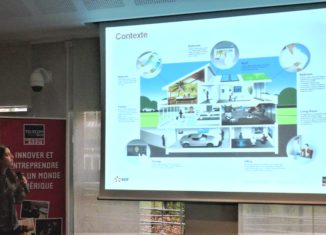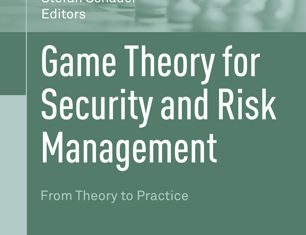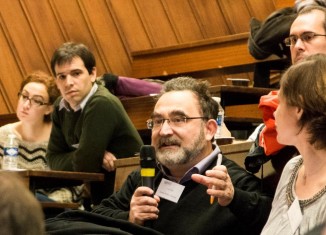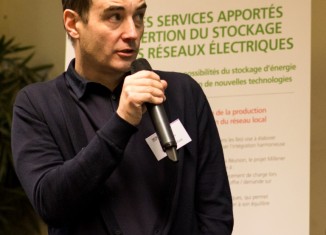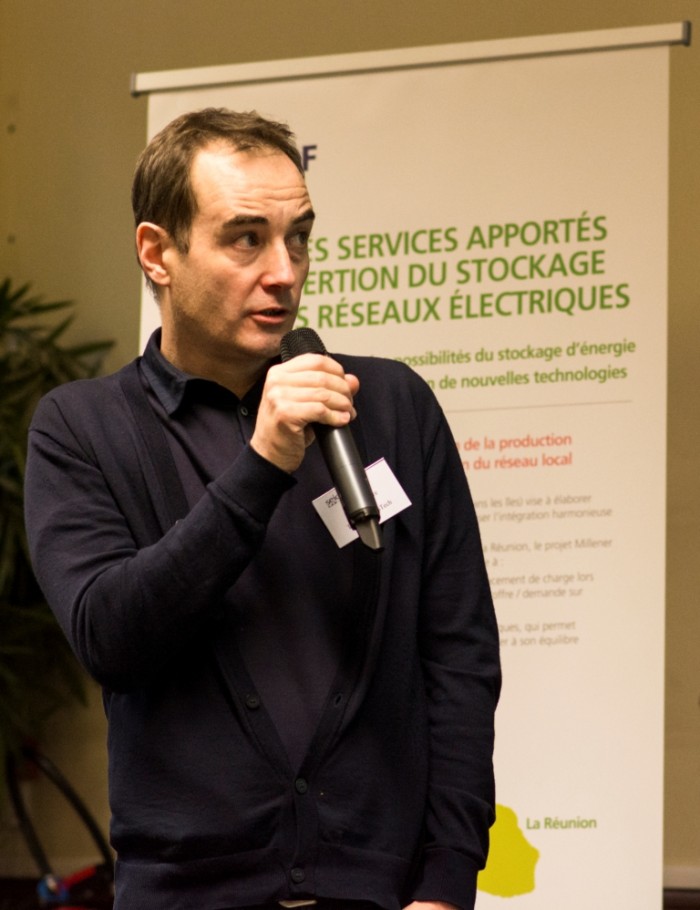Proceedings of the 11th International Conference on Innovations in Information Technology (IEEE). Nov. 2015.
DOI: 10.1109/INNOVATIONS.2015.7381509
Abstract: The Internet of Things (IoT) paradigm brings an opportunity for advanced Demand Response (DR) solutions. Indeed, it enables visibility and control on the various appliances that may consume, store or generate energy within a home. It has been shown that a centralized control on the appliances of a set of households leads to efficient DR mechanisms; unfortunately, such solutions raise privacy and scalability issues. In this paper we propose an IoT-based DR approach that deals with these issues. Specifically, we propose and analyze a scalable two levels control system where a centralized controller allocates power to each house on one side and, each household implements an IoT- based DR local solution on the other side. A limited feedback to the centralized controller allows to enhance the performance with little impact on privacy. The solution is proposed for the general framework of capacity markets.

